In the vast and diverse world of arachnids, where some species can span dinner plates while others remain nearly invisible to the naked eye, size represents one of the most fascinating aspects of spider diversity. While venomous micro-spiders often capture headlines, the non-venomous tiny champions of the spider world remain relatively unknown to the general public. The Patu digua, discovered in Colombia and measuring a mere 0.37mm (0.015 inches) for males, currently holds the title of the world’s smallest non-venomous spider. This minuscule marvel represents the extreme end of evolutionary miniaturization and demonstrates how even the smallest creatures play significant roles in their ecosystems. Throughout this article, we’ll explore the fascinating world of these tiny arachnids, their remarkable adaptations, and their importance in the natural world.
The Discovery of Patu digua

The Patu digua was first discovered in 1977 by an arachnologist named Arthur M. Chickering in the rainforests of Colombia. The initial discovery came as part of a broader survey of tropical arachnid diversity, but the extreme miniature size of this species immediately made it notable among scientists. Researchers had to employ specialized collection techniques and microscopy to properly study and document these tiny creatures due to their diminutive size. The spider’s name “Patu” comes from the genus classification, while “digua” refers to the specific location in Colombia where it was first identified. Since its discovery, studying these micro-spiders has presented unique challenges that have required advances in microscopic imaging technology to overcome.
Physical Characteristics and Size
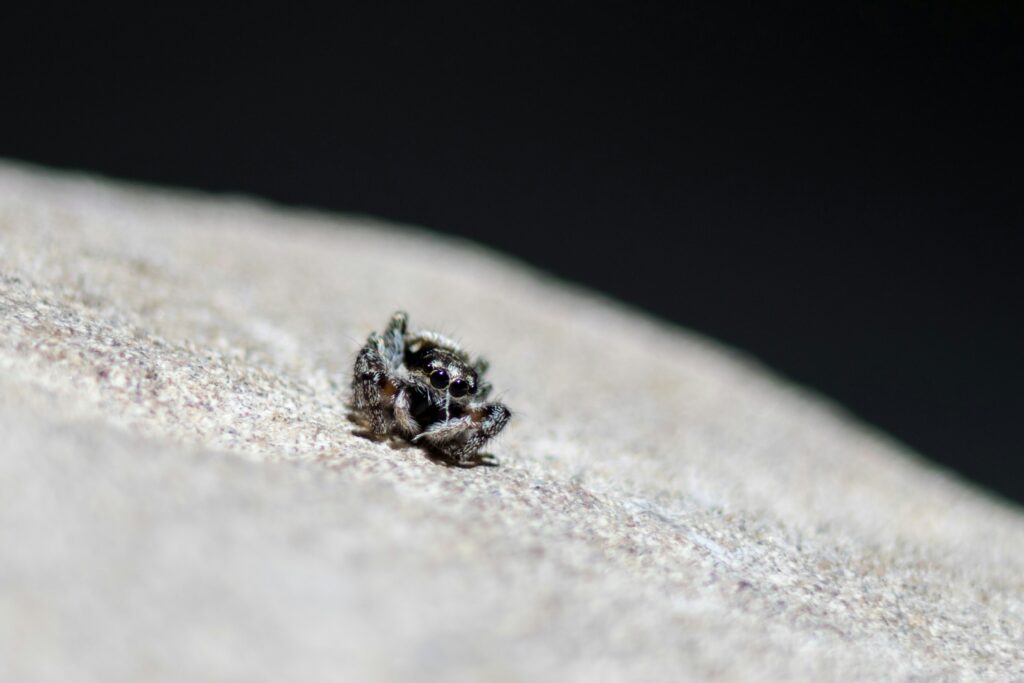
With male Patu digua measuring merely 0.37mm in length (smaller than the period at the end of this sentence), these spiders represent extreme biological miniaturization. Females are slightly larger at approximately 0.58mm, demonstrating the sexual dimorphism common among many spider species. Despite their minuscule proportions, these spiders possess all the anatomical features of larger arachnids, including eight legs, multiple eyes, and silk-producing spinnerets. Their bodies appear somewhat rounded when viewed under magnification, with legs that appear proportionally shorter than those of many larger spider species. The exoskeleton has a pale, translucent quality that makes internal organs partially visible under strong microscopic examination, adding to the challenge of studying these tiny creatures in their natural habitat.
Taxonomic Classification
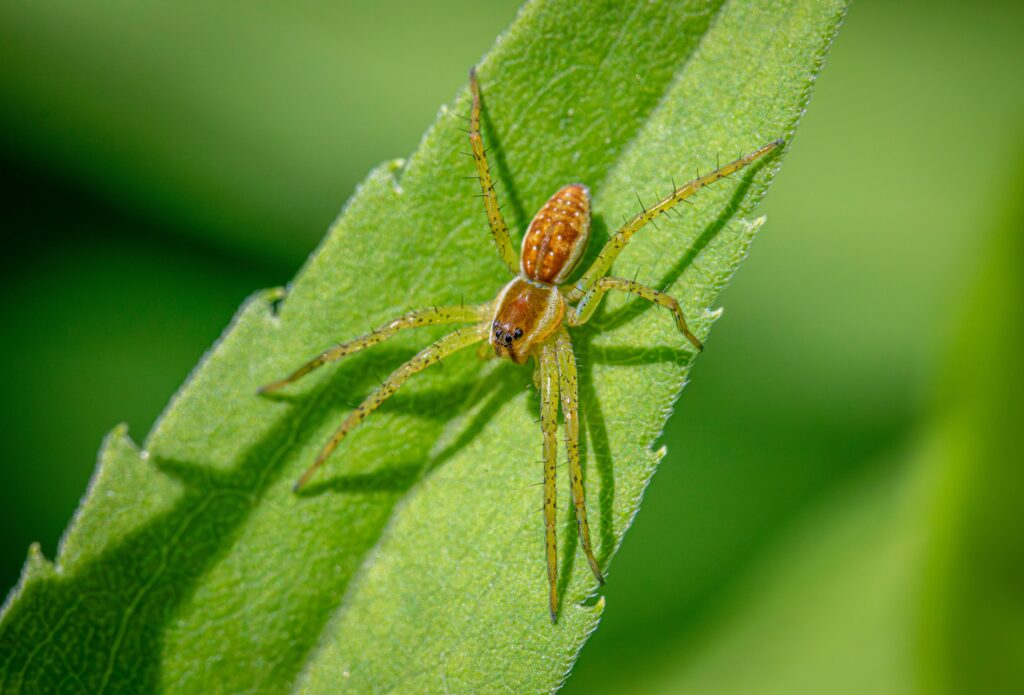
Patu digua belongs to the family Symphytognathidae, a group known for containing some of the smallest spiders in the world. This family falls within the araneomorphae subdivision, often referred to as “true spiders.” Within the larger taxonomic hierarchy, they belong to the order Araneae and the class Arachnida. The Symphytognathidae family is particularly interesting to evolutionary biologists due to their extreme miniaturization, which represents a specialized evolutionary pathway. Several related genera within this family also contain remarkably small spiders, including Anapistula and Symphytognatha, though Patu maintains the record for the smallest known species. Taxonomists continue to debate some of the relationships within this group as new genetic analysis techniques provide additional insights into their evolutionary history.
Habitat and Geographic Distribution

These minuscule spiders primarily inhabit the leaf litter and undergrowth of tropical and subtropical rainforests in Colombia, South America. Their natural range appears to be relatively limited, though similar tiny species in the same genus have been found in parts of Southeast Asia and Africa. The microhabitats they occupy often include the undersides of leaves, crevices in tree bark, and spaces within decomposing vegetation on the forest floor. These environments provide the high humidity levels necessary for their survival and protect them from larger predators. Their preference for such specific microhabitats makes comprehensive population studies challenging, and there may be undiscovered populations in other similar ecosystems around the tropical regions of the world that have yet to be properly surveyed.
Feeding Habits and Prey

Despite their minuscule size, Patu digua are active predators that construct tiny webs to capture prey. Their diet consists primarily of microscopic arthropods, including springtails, mites, and the smallest flying insects that inhabit the same leaf litter environment. The spider’s web design is remarkably simple compared to larger species, usually consisting of a few silken strands positioned strategically to intercept tiny prey moving through their habitat. When prey becomes entangled, the spider quickly approaches and subdues it using silk wrapping techniques rather than venom. Their feeding process involves injecting digestive enzymes into the prey and consuming the liquefied internal tissues, similar to the process used by their larger relatives but on a microscopic scale that requires specialized adaptations.
Web Construction Techniques

The web construction abilities of Patu digua represent a fascinating adaptation to extreme miniaturization. Unlike the elaborate orb webs of larger spiders, Patu digua creates simplified structures consisting of just a few silken strands strategically placed in their microhabitat. These webs typically measure less than a centimeter across, making them nearly invisible without magnification. Research has shown that the silk strands produced by these tiny spiders are proportionally thinner than those of larger species, yet maintain remarkable tensile strength for their size. The spider uses specialized spinnerets to produce these micro-filaments, with some researchers estimating that their silk strands may be among the thinnest biological structures produced by any animal. This web construction represents an evolutionary optimization that balances the energy costs of silk production against the feeding benefits for such a small predator.
Reproduction and Life Cycle
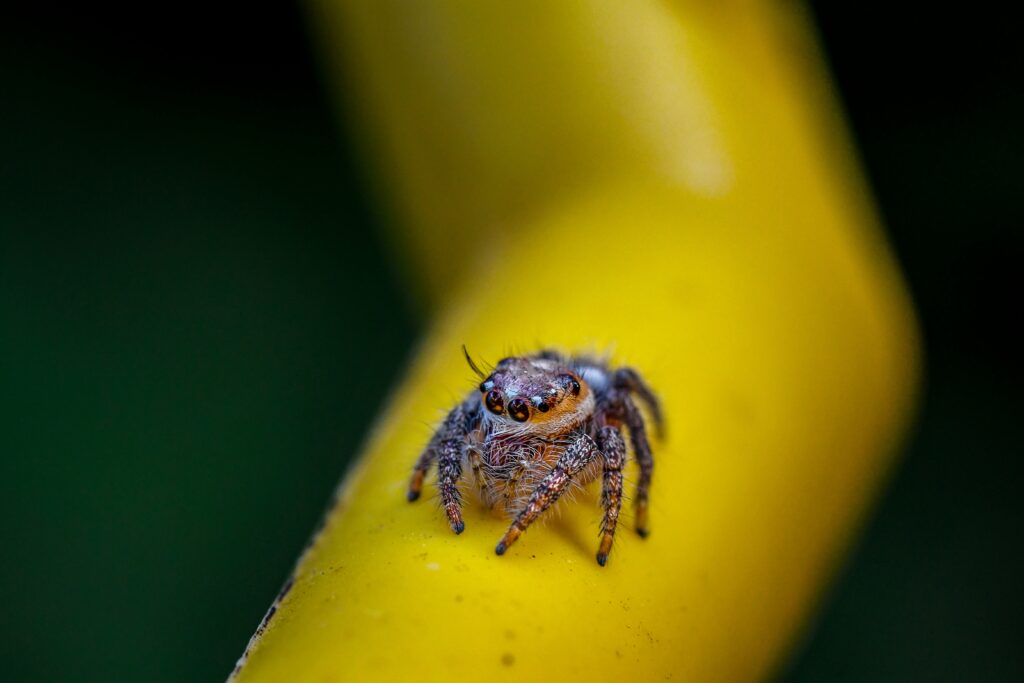
The reproductive behaviors of Patu digua remain somewhat mysterious due to the challenges of observing such tiny creatures in the wild. What scientists have documented indicates that females produce extraordinarily small egg sacs, each containing only a few eggs. These egg sacs are typically attached to protected surfaces within the leaf litter environment. The development from egg to mature spider appears to be relatively rapid, likely taking only a few weeks under optimal conditions. Sexual dimorphism is pronounced, with males being significantly smaller than females, a pattern common in many spider species. Male Patu digua must approach females cautiously during mating, as there is likely risk of sexual cannibalism despite the non-venomous nature of the species, though direct observations of complete mating behaviors remain limited due to their size.
Adaptations for Miniaturization

The extreme miniaturization of Patu digua has required remarkable evolutionary adaptations across virtually every aspect of their biology. Their nervous system shows significant reduction and optimization, with fewer neurons than larger spiders but arranged in ways that maintain essential functions. The respiratory system has likewise been simplified, with gas exchange occurring primarily through the thin exoskeleton rather than through the book lungs found in larger spiders. Perhaps most remarkably, their visual system maintains function despite extreme miniaturization, with eyes that contain the fewest photoreceptor cells of any known spider species. Their digestive system shows similar streamlining, with simplified gut arrangements that still enable efficient processing of microscopic prey. These adaptations collectively represent an evolutionary achievement that pushes the lower size limits of what’s possible for a functioning predatory arthropod.
Ecological Significance

Despite their diminutive size, Patu digua and other micro-spiders play important ecological roles in their forest habitats. As predators of mites, springtails, and other microscopic arthropods, they help regulate these populations and contribute to the complex food webs of the forest floor ecosystem. Their predation activity may indirectly influence decomposition rates by affecting the populations of detritivores in the leaf litter. Additionally, these tiny spiders themselves serve as prey for slightly larger invertebrates, creating essential links in the energy flow through tropical forest ecosystems. Some ecologists suggest that the abundance and diversity of such micro-predators may serve as valuable indicators of ecosystem health, particularly in monitoring the impacts of climate change and habitat degradation on tropical forests.
Challenges in Research and Study
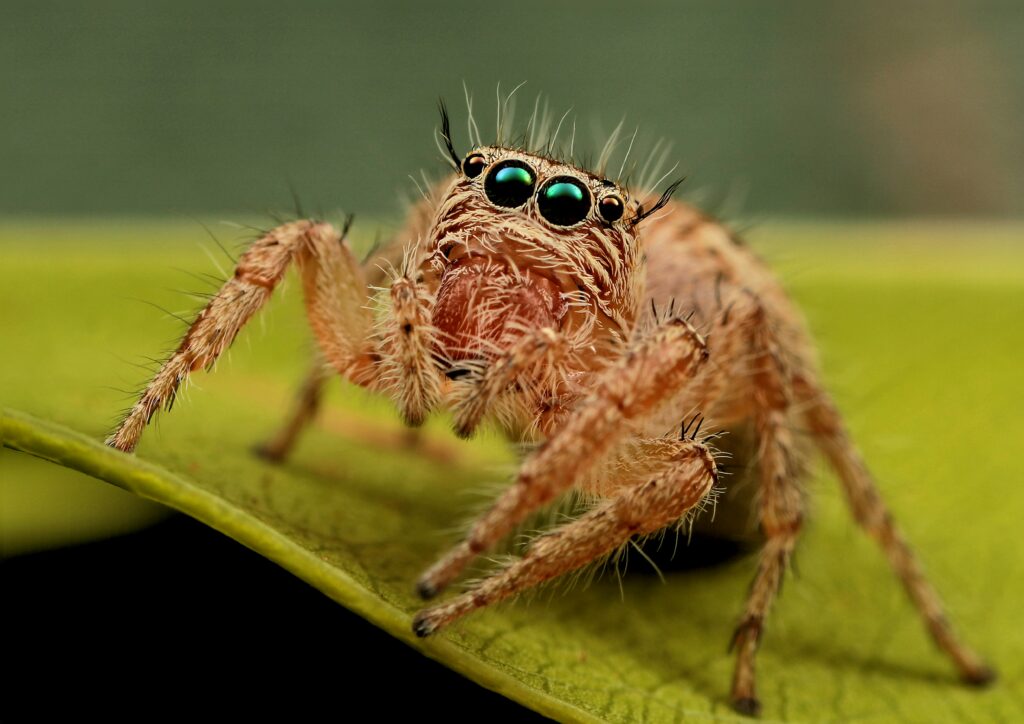
Studying the world’s smallest non-venomous spider presents researchers with extraordinary challenges. Their minuscule size makes field observation exceptionally difficult, requiring specialized collection techniques that often involve sifting of leaf litter followed by examination under powerful microscopes. Laboratory studies face similar hurdles, as maintaining and observing living specimens demands customized microhabitats and imaging systems. Genetic research on these tiny arachnids requires specialized DNA extraction techniques to obtain sufficient material from such small specimens. Behavioral studies present perhaps the greatest challenge, as traditional observation methods cannot capture the subtle movements and interactions of creatures so small. Recent technological advances in micro-imaging, including scanning electron microscopy and micro-CT scanning, have begun to overcome some of these limitations, offering new insights into the biology of these fascinating micro-spiders.
Comparison with Other Tiny Spider Species
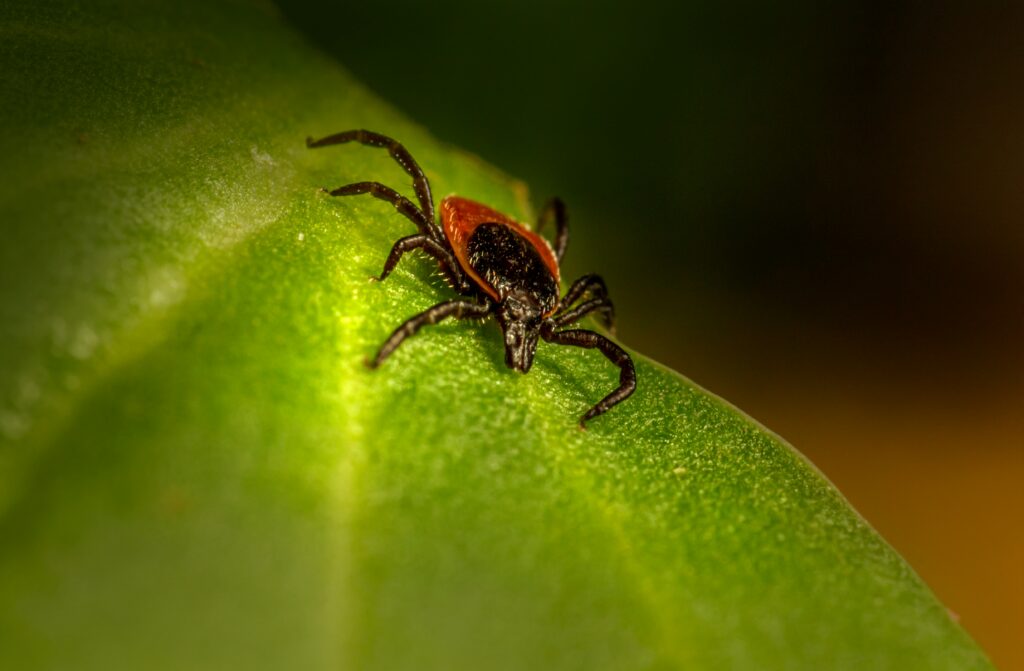
While Patu digua holds the record for the smallest non-venomous spider, several other contenders approach it in size. The Anapistula jerai, discovered in Malaysia, comes remarkably close at approximately 0.43mm. Another notable miniature is the Patu marplesi from Samoa, measuring about 0.44mm for males. Among venomous spiders, several members of the Anapistula genus measure under 0.5mm, though they still possess venom glands unlike Patu digua. When comparing these tiny species, researchers note interesting patterns in geographic distribution, with extreme miniaturization occurring independently in tropical regions around the world. This pattern suggests that similar ecological niches in separated tropical ecosystems may drive parallel evolutionary trends toward miniaturization. Comparative studies of these tiny species provide valuable insights into the evolutionary limits of arthropod miniaturization across different spider families.
Conservation Status and Threats

The conservation status of Patu digua has not been formally assessed by major conservation organizations like the IUCN, primarily due to insufficient data about their population dynamics and distribution. However, like many rainforest species, they face significant threats from habitat destruction as Colombia’s forests continue to experience deforestation for agriculture, logging, and development. Climate change poses another potential threat, as these tiny spiders likely depend on specific microclimate conditions within the leaf litter environment. Their extreme specialization and apparently limited geographic range make them potentially vulnerable to local extinction events. Conservation efforts focused on preserving intact rainforest ecosystems indirectly benefit these micro-spiders, though specific protection measures for such tiny invertebrates rarely feature in conservation planning. More research is urgently needed to understand their distribution and population trends before effective conservation strategies can be developed.
Future Research Directions

The world of micro-arachnids still holds countless mysteries awaiting discovery by future researchers. Emerging technologies in microscopy, including advanced electron microscopy and micro-CT scanning, promise to reveal new details about the anatomy and internal structures of Patu digua and similar species. Developments in environmental DNA (eDNA) sampling may allow scientists to detect the presence of these tiny spiders in new locations without requiring visual identification. Comparative genomics between different miniaturized spider lineages could provide fascinating insights into the genetic basis of extreme size reduction in arthropods. Additionally, long-term ecological monitoring of micro-arthropod communities might reveal how these tiny predators respond to environmental changes and habitat disturbances. As our technical capabilities advance, we may discover even smaller spider species lurking in unexplored microhabitats around the world, potentially challenging Patu digua’s current record.
The world’s smallest non-venomous spider, Patu digua, represents a remarkable example of evolutionary miniaturization that continues to fascinate scientists and nature enthusiasts alike. Despite measuring less than half a millimeter, these tiny arachnids possess all the essential features of their larger relatives and carry out the same ecological functions as predators within their microhabitats. Their study not only pushes the boundaries of our biological understanding but also reminds us that nature’s most impressive innovations sometimes come in the smallest packages. As technology advances and research continues, these tiny wonders will likely reveal even more secrets about the limits of biological miniaturization and the remarkable adaptability of life on Earth.

